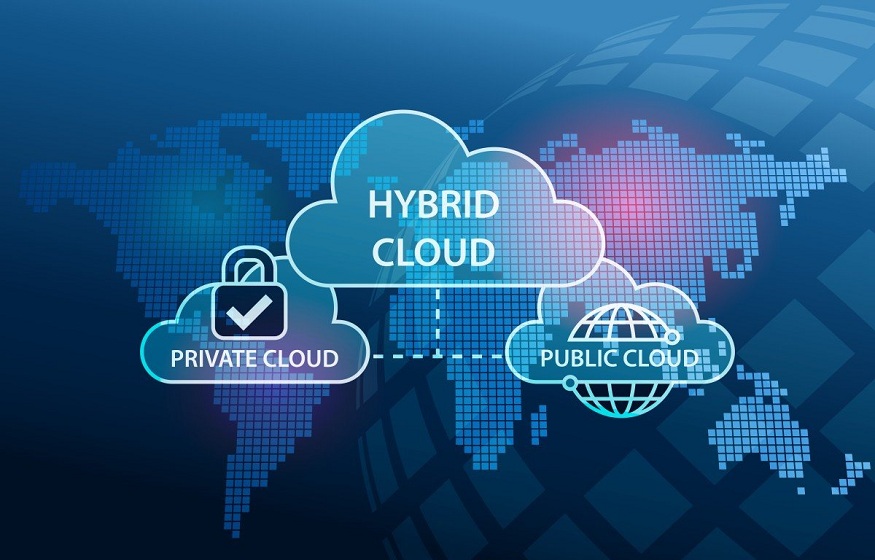A hybrid cloud setup can be one of the best options for your organization’s storage needs. The hybrid cloud is a great way to store documents and information without having to rely too hard on your on-site storage needs. The hybrid cloud, wherein you store some of your organization’s information through an on-site private cloud and you store some through an off-site cloud service, provides a few different benefits. Here are the most prominent benefits of the hybrid cloud.
Flexibility
The first main benefit is flexibility. A hybrid cloud is monumentally more flexible than either an entirely on-site or an entirely off-site cloud service. That’s because you can quickly and easily move information from the private cloud to the public cloud whenever you need to, whether it’s because you’re moving unused information to long-term storage or because you’re suddenly needing to access more information.
The flexibility of the hybrid cloud is very important if you’re not quite sure what information you want to store on your private cloud versus information on your public cloud. That way, you can personalize how much data you keep on both sides to suit your business’s unique needs.
Scalability
Hybrid clouds are also extremely scalable. If you run a relatively small business, for example, you may need 20 TB of data stored on-premises and 80TB of it stored off-premises. However, you may be able to scale that up to a nearly unlimited amount of data, with numbers as high as 400TB on-premises and 1,600TB off-premises.
Scalability is an important element if you’re hoping to continue to grow your business, as most business owners are. Right now, you may only need a few TB of data stored in the cloud, but over time, you could grow to need hundreds or even thousands of TB on the cloud. A hybrid cloud is much easier to expand than a purely on-site cloud.
Cost Savings
Public cloud services are, on average, much less expensive than on-site cloud services. However, you may need some on-site cloud services if you want to be able to access information more quickly and easily. That means the most cost-effective option that still provides for ease of access is a hybrid cloud solution.
It’s very common for you to be able to store as much as 80% of your information off-premises, keeping only 20% on-premises. With this 20/80 split, you can save hundreds or even thousands of dollars every month when it comes to your storage setup.
Conclusion
There are many reasons that you might want to move to a hybrid cloud rather than an exclusively on-site or off-site cloud setup. This hybrid cloud architecture is a great way to get the best storage options for most businesses. Although there are some places where hybrid cloud architecture might not be an opportunity for your business, most companies will be able to use the hybrid cloud in one way or another. Look into the hybrid cloud if you want a better way to store your company’s information.

